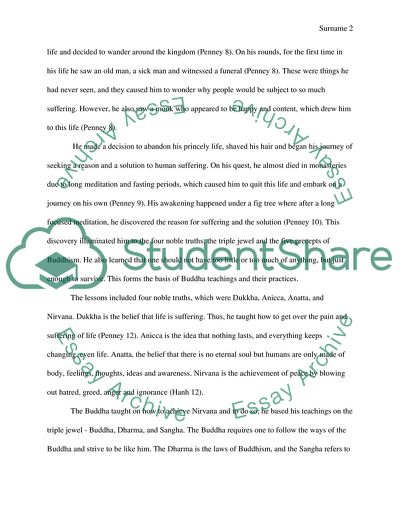Cite this document
(Buddhism by Sue Penney Book Report/Review Example | Topics and Well Written Essays - 1500 words - 5, n.d.)
Buddhism by Sue Penney Book Report/Review Example | Topics and Well Written Essays - 1500 words - 5. https://studentshare.org/religion-and-theology/1873046-buddhism
Buddhism by Sue Penney Book Report/Review Example | Topics and Well Written Essays - 1500 words - 5. https://studentshare.org/religion-and-theology/1873046-buddhism
(Buddhism by Sue Penney Book Report/Review Example | Topics and Well Written Essays - 1500 Words - 5)
Buddhism by Sue Penney Book Report/Review Example | Topics and Well Written Essays - 1500 Words - 5. https://studentshare.org/religion-and-theology/1873046-buddhism.
Buddhism by Sue Penney Book Report/Review Example | Topics and Well Written Essays - 1500 Words - 5. https://studentshare.org/religion-and-theology/1873046-buddhism.
“Buddhism by Sue Penney Book Report/Review Example | Topics and Well Written Essays - 1500 Words - 5”. https://studentshare.org/religion-and-theology/1873046-buddhism.


